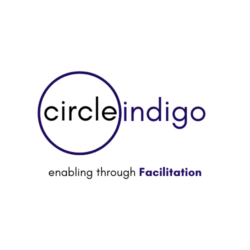Business Process Redesign - As-Is, To-Be or not To-Be that is the question!
There currently seems to be a trend in organisations, business units and functions to redesign or re-engineer business and system processes and circleindigo are being asked to design and facilitate workshops capturing As-Is process and then desired To-Be process.
We have found that the best way to do this in the most interactive and participative way is to carry out business process redesign is to build the process(es) up step-by-step in a swim lane analysis approach using large sheets of brown paper across several large pin boards or a long wall, capturing each process step, input and output on coloured coded post-its or cards by function , unit or team.
At the same time it’s important to identify dependencies and sequential process flow, any data requirements and report generation activity. We have also tracked which IS/IT system data comes from.
Often the As-Is process is complex and involves many cottage industry work-arounds to get over existing challenges or problems or where the existing process simply doesn’t work or has broken down, often legacy system related! This can cause subsequent challenges when trying to capture To-Be process(es), when participants are faced with blank swim lanes and sheets of paper, largely due to being stuck in the current complex reality of As-Is.
As Facilitators of this process we have to robustly challenge whether certain steps in a process are actually needed, do they really need this input or those outputs or are they simply trying to
recreate, replicate or automate the current complexity as opposed to redesigning and optimising in a desired state T-Be process?!
We have found that our most frequently used challenge question is in fact “so what…?” As in “so what do you do that for?”, “So what is that actually needed for?”, “so what if that didn’t happen?” or quite simply “so what”?





